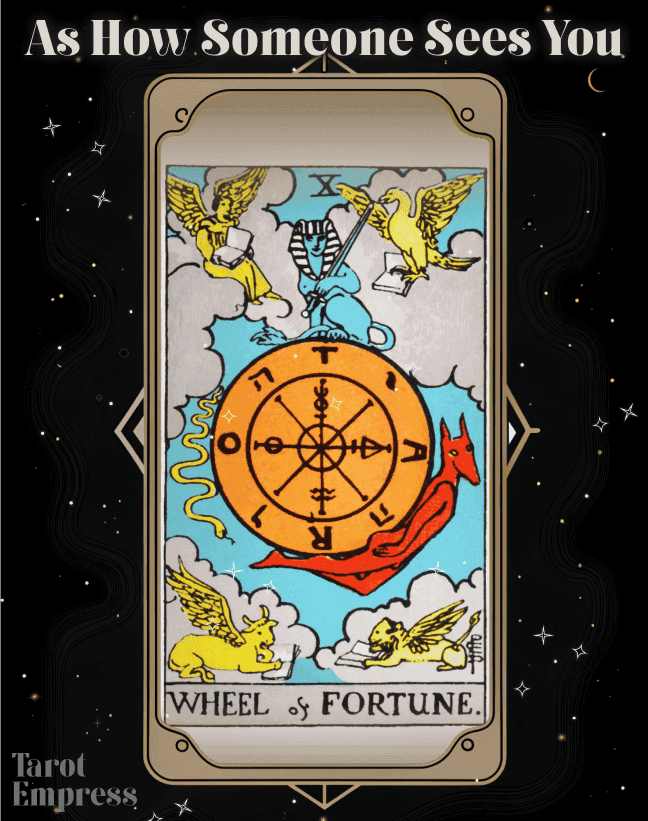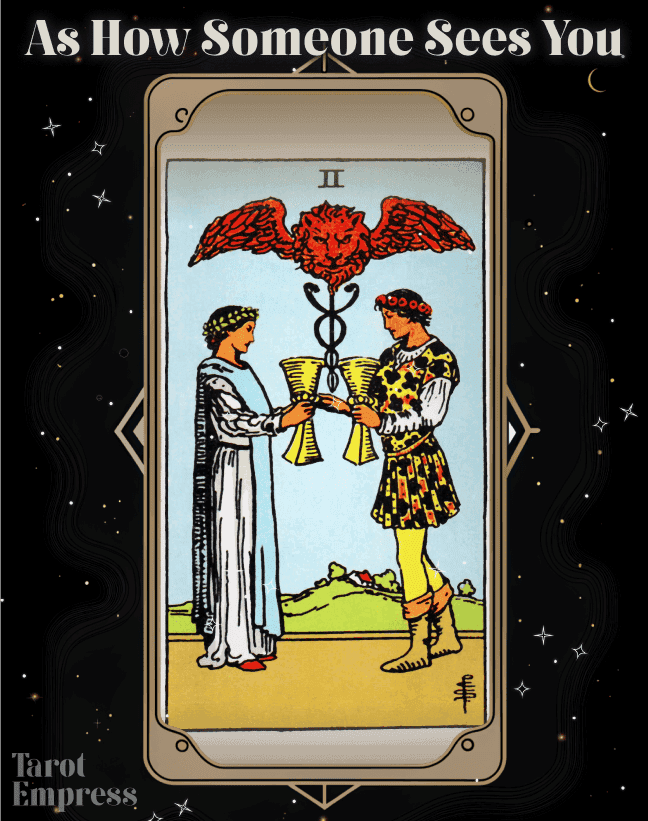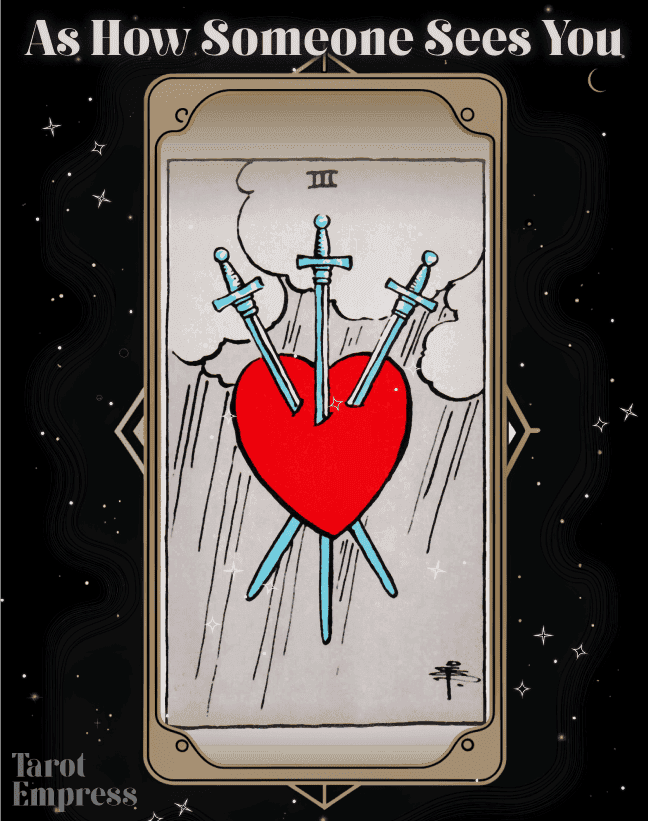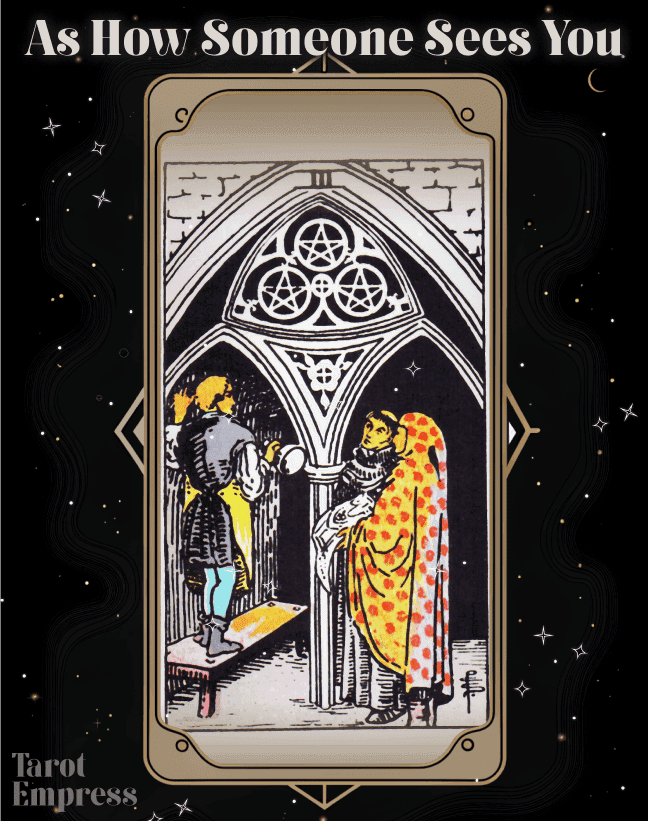The Tower is a card fraught with symbolism and power, often regarded with a mix of awe and caution by tarot enthusiasts. As one of the most dramatic cards in the deck, it plays a pivotal role in answering "yes or no" questions, providing key insights into areas like love, career, and personal transformation. By understanding its rich meanings in both upright and reversed positions, we can gain new perspectives on the unfolding paths of our lives.

The Tower Yes or No Meaning: Embracing Change
The highlighted card, with its vivid imagery of a lightning-struck tower, signifies sudden shifts and transformations. When called upon to answer "yes or no" inquiries, The Tower transcends simple answers, directing attention to life’s inherent uncertainties. It embodies a concept much more complex than sheer prediction, speaking to the need for change as an irrefutable reality.
This card's essence prompts considerations about stability and the inevitability of change. When upright, it suggests a "yes" that requires adaptability and resilience. In contrast, its reversed state offers a cautious perspective, pointing out areas where unresolved tensions may exist.
Is the Tower a Yes or No Card? Upright Interpretation
When upright, The Tower's energy leans toward an assertive "yes," though one that brings profound change. This affirmative nod is charged with the combined force of clarity and transformation, urging reconsideration and bold action across various contexts:
- Unanticipated Developments: The card suggests a "yes" to making room for surprising events that might shape your future in unexpected ways.
- Breaking Old Patterns: A call to dismantle outdated structures asks if you are prepared for personal evolution.
- Order Through Chaos: If seeking clarity amidst disorder, the card affirms eventual breakthroughs when chaos is embraced.
- Welcoming Disruption: It advises that disruptions can be pathways to renewal, signaling growth opportunities.
Interpretation for Love Readings
In love and romance, The Tower’s upright stance holds significant meaning. For those exploring matters of the heart, it signals a transformative "yes," highlighting the dynamic nature of relationships:
- Singles: For individuals without a partner, this card's presence may suggest stepping into connections that bring spontaneity and new dynamics.
- Current Partnerships: Couples might interpret this image as urging a refresh or transformation, whether through deeply honest conversations or bold decisions.
- Past Relationships: When considering rekindling an old flame, the card promotes a "yes" to new beginnings infused with past lessons.
Meaning in Career Readings
From a professional perspective, The Tower upright represents turning points that champion growth through unexpected challenges.
- Opportunities Arising from Disorder: Affirmative signs appear with unanticipated opportunities, equipping you for resilience and growth.
- Propagation of Innovation: It champions visionary moves that transcend stagnation, sparking revolutions in career choices or business practices.
- Constructive Disruptions: The upright card can indicate that obstacles are simply chances for personal evolution and professional development.
The Tower Reversed Yes or No: Cautionary Signals
A reversed Tower transitions its focus to internal challenges rather than external chaos, often representing a subtle "no" or a signal to approach with care. This position urges careful consideration of issues that might be blocking progress:
- Resistance to Necessary Transformation: It signals a "no" to avoiding important changes that require attention.
- Internal Struggles Revealed: The card points to unresolved emotional issues, prompting solutions before moving forward.
- Gradual Disruptions: Instead of significant upheaval, it hints at minor disturbances disguised as stability.
Understanding Love Connections
In relationship dynamics, the reversed Tower urges reflection on internal issues and asks for introspection:
- Singles: It encourages self-awareness to dismantle any barriers preventing authentic connections.
- Current Relationships: Signals a "no" unless unspoken conflicts are addressed, urging couples to work on subtle truths within their bonds.
- Considering Past Relationships: The card advises closure and self-understanding before engaging with previous partners.
Career Insights
On the career front, The Tower reversed warns of hidden obstacles that require thoughtful consideration before proceeding:
- Avoidance of Change: Suggests a "no" related to clinging to safe options, pointing to a need for innovation.
- Hidden Complexities: Warns of potential pitfalls tucked within details, calling for careful examination.
- Adaptive Measures: This "no" highlights the need to adjust strategies to address underlying workplace challenges.
Examples of Effective Yes or No Questions with The Tower
The strength of The Tower lies in crafting well-informed questions. Consider these examples to derive meaningful guidance:
- "Is pursuing this new venture likely to bring significant personal growth?"
- "Should I continue investing in a relationship that challenges my current beliefs?"
- "Will tackling my emotional obstacles lead to newfound clarity and success?"
- "Is it wise to embrace changes for potential career advancement at this time?"
Intimacy Beyond Physical Connection
In love, The Tower holds abundant wisdom for those seeking guidance. Whether drawn upright or reversed, its responses are tailored and insightful:
- Upright: Encourages growth within relationships, suggesting that challenges can deepen connections when approached thoughtfully.
- Reversed: Advises exploring one's inner beliefs, recognizing that clarity in relationships starts with knowing oneself.
Decisive Guidance from This Card
The Tower serves as a key component in "yes or no" tarot interpretations, embodying the spirit of transformation and introspection. Both its upright and reversed meanings remind us of life's dynamic nature, urging readiness for both chance and choice. In each of its aspects, this card challenges us to consider the complexity of our situations with courage and insight, facilitating profound personal and relational growth along the way.
FAQs
How does The Tower function as a yes or no card in tarot readings?
It is a distinctive card in the tarot deck, favoring neither a simple yes nor a straightforward no. Its presence suggests transformative dynamics, encouraging a deeper look into the forces at play rather than offering a binary answer. When this card appears, it's often a sign to prepare for shifts that could alter your current path.
What messages arise from The Tower's reversed yes or no interpretation?
In a reversed position, the card sends a cautionary signal. It indicates underlying issues or resistance that must be addressed. This interpretation leans toward a more contemplative response, often signaling a "no" or advising against abrupt moves without prior reflection on internal conflicts.
How is The Tower's yes or no meaning applicable in love readings?
Within the context of love, The Tower has profound implications. An upright state in love readings is associated with a confident "yes" to dynamic and sometimes radical changes, suggesting growth and evolution in relationships. Conversely, its reversed form advises caution and introspection, encouraging an examination of inner hurdles before moving forward.
What does The Tower upright yes or no symbolism suggest?
The upright position of this card symbolizes a forceful "yes," though it demands acceptance of significant change. This position points toward fostering growth by embracing the inevitable disruptions that come with transformation, urging you to face challenges head-on for positive development.
How can The Tower's yes or no reversed positioning guide career choices?
In career matters, a reversed Tower speaks to potential challenges that aren’t immediately visible. Its "no" is often a nudge to reassess your current situation, advocating for a careful approach to potential obstacles or hidden opportunities before making any long-term commitments.
Under what circumstances can The Tower influence yes or no questions involving personal growth?
The card plays a critical role in personal development questions by highlighting moments of forced introspection and transformation. Whether upright or reversed, it challenges you to welcome inner changes and prepare for transformations, urging self-awareness and resilience as you seek meaningful growth paths.









